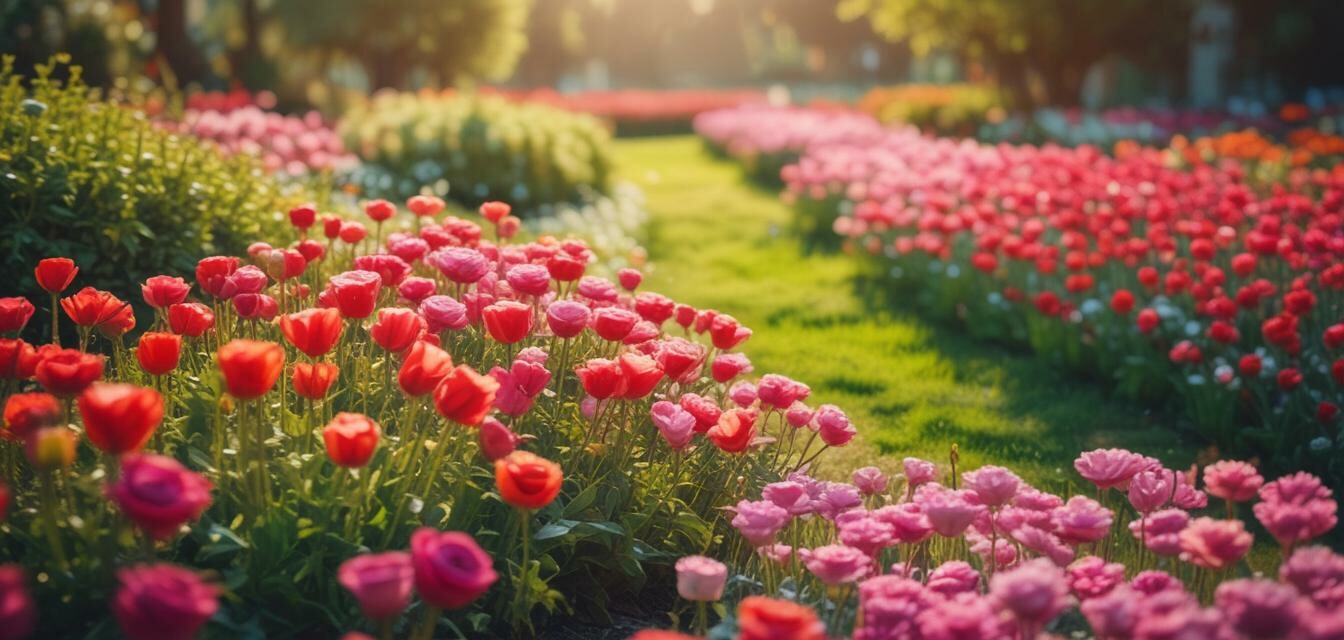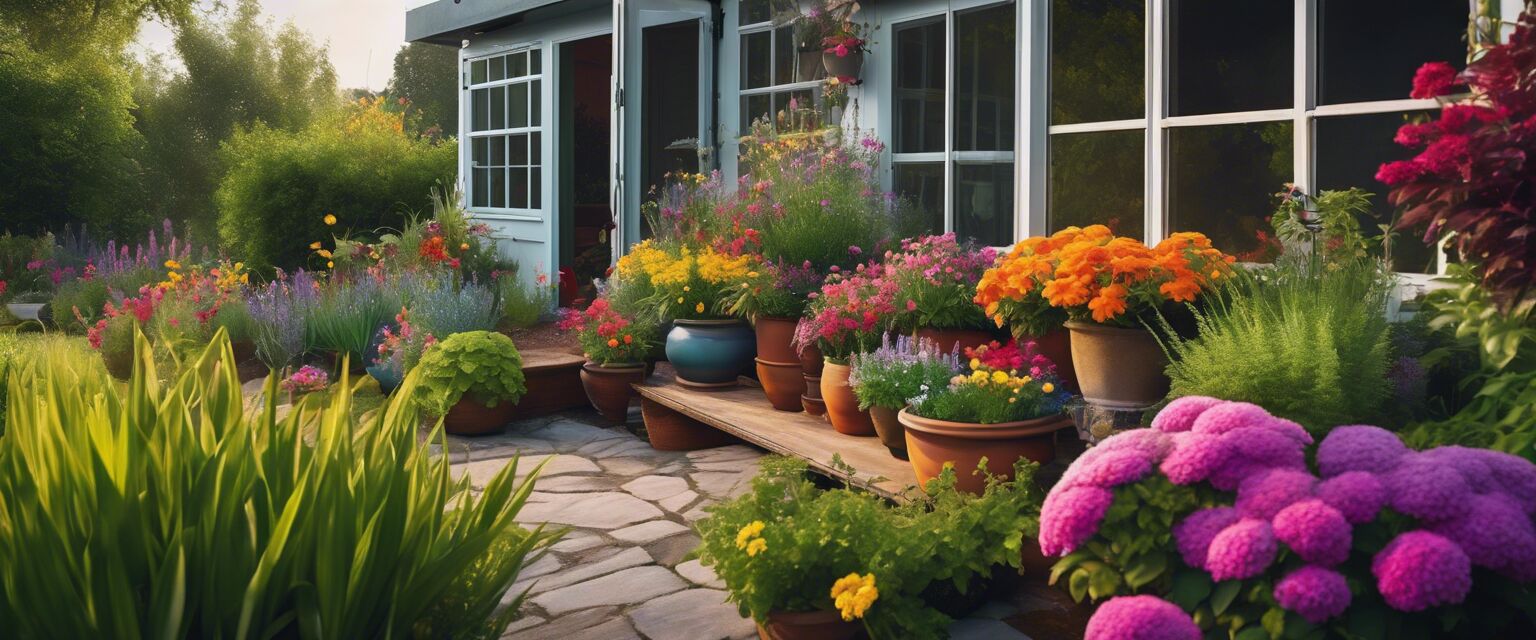
Flower Gardening
Key Takeaways
- Choosing the right flowers is vital for a thriving garden.
- Proper planting techniques ensure healthy growth.
- Regular maintenance, including watering and pruning, is essential.
- Understanding your garden's zone helps in selecting suitable plants.
- Flower gardens can enhance your outdoor space and provide joy throughout the seasons.
Flower gardening is a delightful way to bring color and life to your outdoor space. Whether you are a seasoned gardener or a beginner, understanding the basics of cultivating beautiful flowers can lead to a thriving and vibrant garden. In this article, we will explore how to select, plant, and nurture flowers, transforming your garden into a floral paradise.
Choosing the right flowers
When embarking on your flower gardening journey, the first step is selecting the right flowers. Consider the following:
| Flower Type | Sunlight Requirements | Water Needs | Blooming Season |
|---|---|---|---|
| Roses | Full sun | Moderate | Spring to Fall |
| Daisies | Full sun | Low to Moderate | Spring to Summer |
| Tulips | Full sun to Partial shade | Moderate | Spring |
| Marigolds | Full sun | Low | Summer to Fall |
Consider your climate and garden zone
Understanding your climate and garden zone is crucial in choosing flowers that will thrive. You can find your garden zone by checking local gardening resources or using a plant hardiness zone map. This knowledge will help you select flower varieties that are well-suited to your region.
Planting techniques
Once you have chosen your flowers, the next step is to plant them correctly. Follow these steps for successful planting:
- Prepare the soil: Ensure the soil is well-drained and enriched with organic matter.
- Spacing: Plant flowers according to their spacing needs to avoid overcrowding.
- Depth: Plant at the correct depth, usually indicated on the seed packet or plant label.
- Watering: Water immediately after planting to help settle the soil.

Nurturing your flower garden
A vibrant flower garden requires ongoing care and maintenance. Here are some essential tips:
- Water regularly: Most flowers need about an inch of water per week.
- Fertilize: Use a balanced fertilizer according to the needs of your flower types.
- Prune: Remove dead or wilted flowers to encourage new growth.
- Weed: Regularly check for weeds that compete for nutrients and space.
Tips for flower gardening beginners
- Start with easy-to-grow flowers like sunflowers and zinnias.
- Keep a gardening journal to track your planting dates and growth progress.
- Join a local gardening club for support and advice.
- Visit garden centers to learn about local flower varieties.

Creating a stunning flower garden layout
Designing your garden layout can greatly enhance its visual appeal. Here are some styles to consider:
| Garden Style | Description |
|---|---|
| Cottage garden | A mix of flowers, herbs, and vegetables planted in a relaxed, informal style. |
| Formal garden | Symmetrical layouts with structured flower beds and pathways. |
| Wildflower garden | A natural look with native flowers, attracting pollinators. |
| Container garden | Using pots and containers to grow flowers in small spaces. |
Conclusion
Flower gardening is a rewarding and enjoyable hobby that enhances your living space. By choosing the right flowers, using proper planting techniques, and maintaining your garden, you can create a vibrant and beautiful floral display. Remember to consider your local climate and garden zone to ensure your flowers will thrive.
Pros
- Enhances the beauty of your outdoor space.
- Provides a relaxing and therapeutic hobby.
- Attracts pollinators, benefiting the ecosystem.
- Offers opportunities for creative expression.
Cons
- Requires regular maintenance and care.
- Initial costs for plants and supplies can add up.
- Weather can impact growth and blooming.
- Some flowers may not thrive in certain climates.
For more tips and tools to enhance your gardening experience, explore our sections on garden furniture and watering equipment.








